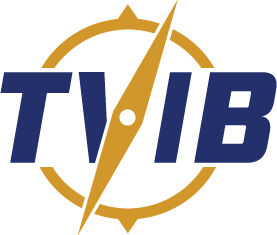03/28/2019 – Reposted from Coast Guard Maritime Commons: Marine Safety Alert – Ensuring Adequate Maneuvering Space
The Inspections and Compliance Directorate published Marine Safety Alert 03-19, “Have a regime when the current’s abeam: Ensure adequate maneuvering space,” to educate mariners following three recent marine casualties that resulted in the sinking of towing vessels on the Lower Mississippi River. One of the casualties resulted in a fatality. These cases are all under investigation by the Coast Guard, but the preliminary fact finding indicates there are some similarities between the three incidents. In all three cases towing vessels became pinned against another object in an aspect that exposed the vessel broadside to very strong currents. Once in that position, the vessels could not recover and sank.
The high water conditions on the Mississippi River present numerous risks for towing vessels, including unusually strong river currents and dynamic eddies. These river currents are often different from one section of the river to another; therefore it is absolutely essential that vessel operators provide a wide berth when maneuvering around any other vessel or object. For reference, when a river current is flowing at 1 knot, the water is moving at 1.7 feet per second, or approximately 100 feet per minute. This means that in a 6-knot current, the water is moving about the length of a football field in just 30 seconds. Additionally, the faster the current, the greater the forces acting on a vessel when it’s pinned against a stationery object.
The Coast Guard strongly recommends that towing vessel owners, operators, and other responsible parties take the following measures:
• Avoid transiting between two anchored vessels, between two barge fleets, or between any other set of stationary objects.
• Minimize the number of operations that require the vessel to be positioned beam-to the river current.
• Establish minimum distances between the towing vessel and another vessel/object prior when conducting any operation that requires the vessel to be positioned beam-to the current.
• Recognize the risks involved in operating under high current conditions and weigh those risks before attempting to cross in front of stationary objects or attempting an operation that requires the vessel to be positioned beam-to the current.
This safety alert was created by U.S. Coast Guard Sector New Orleans and is provided for informational purposes only and does not relieve any domestic or international safety, operational or material requirement. Questions regarding this safety alert may be sent to the Sector New Orleans Waterways Management
Division at Secnola-Wpm@uscg.mil or the Sector New Orleans Inspections Division at NolaDom@uscg.mil.
Click here to download Marine Safety Alert 03-19
Click here to access the original post from the Coast Guard Maritime Commons.
